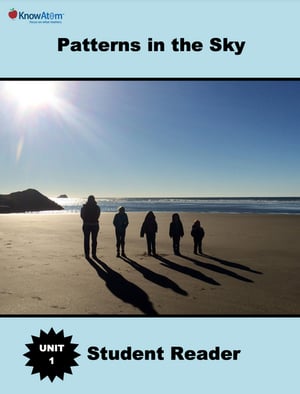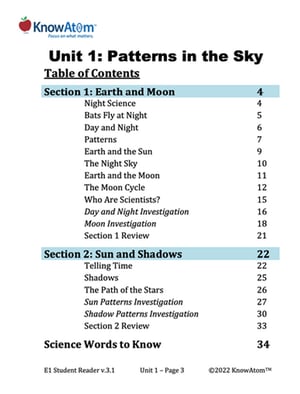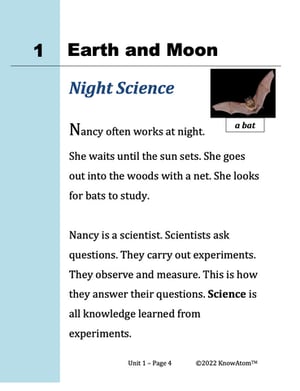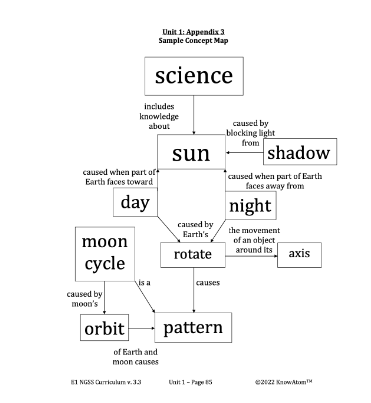In this unit, students explore the position of the sun and moon to see how each of these objects relate to one another and also how they affect day and night on Earth. Once students have modeled how the motions of Earth and the moon cause patterns we see from Earth (specifically day and night and the moon cycle), they investigate another pattern: the sun’s changing position in the sky over the course of a day, which occurs in a predictable way. They also measure the length of shadows at different times of day to provide evidence for the sun’s changing position.








